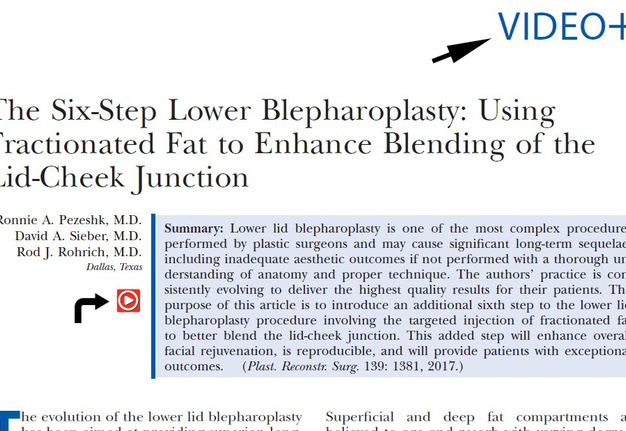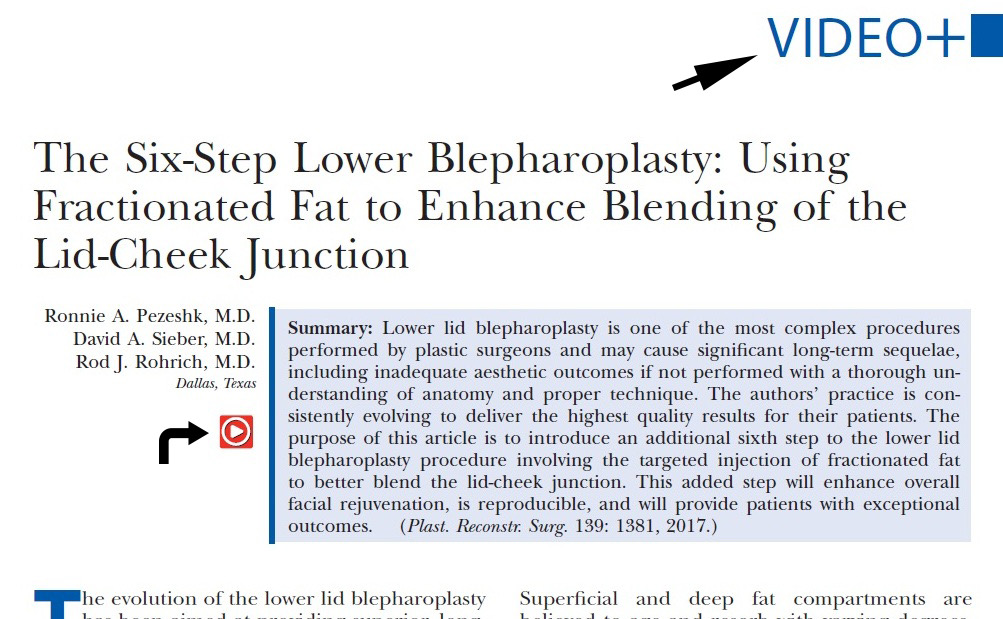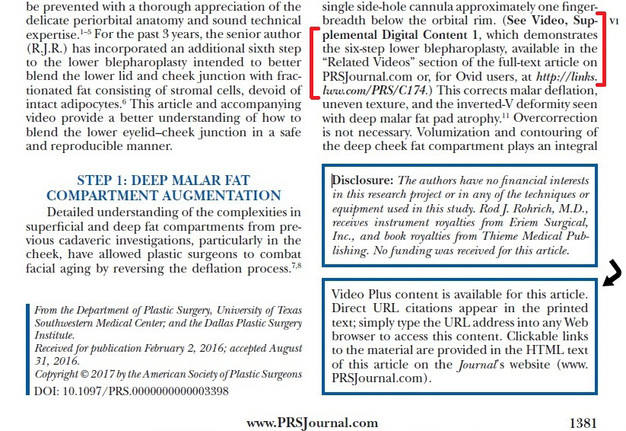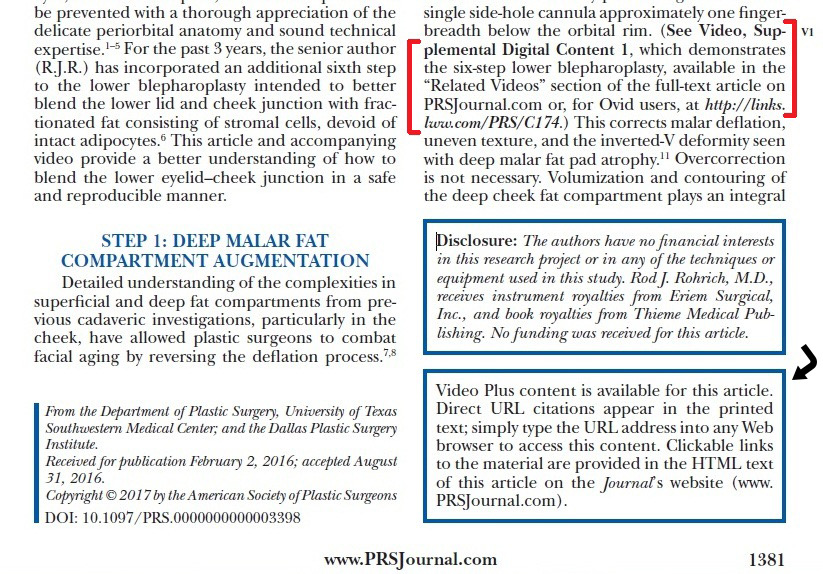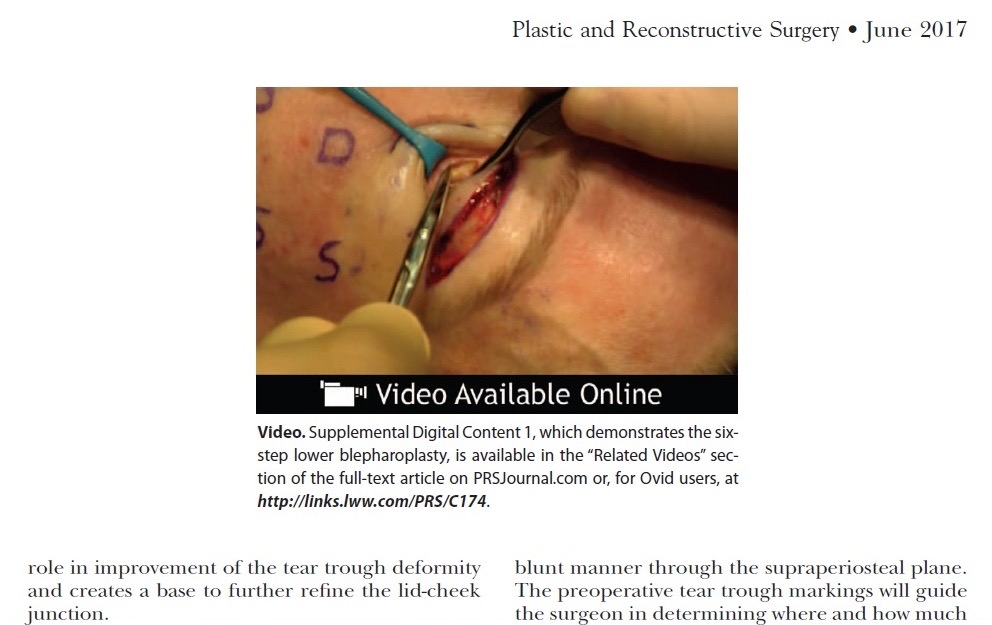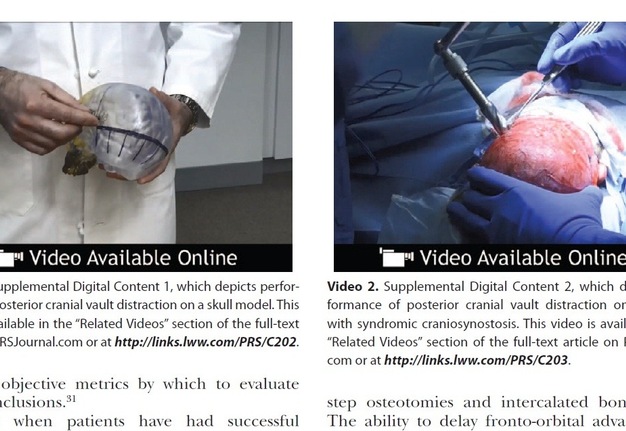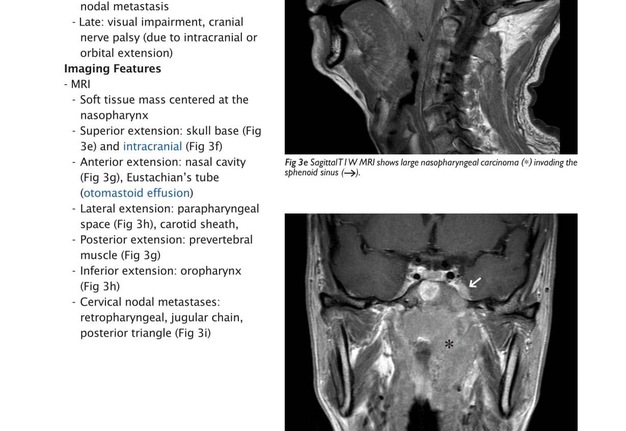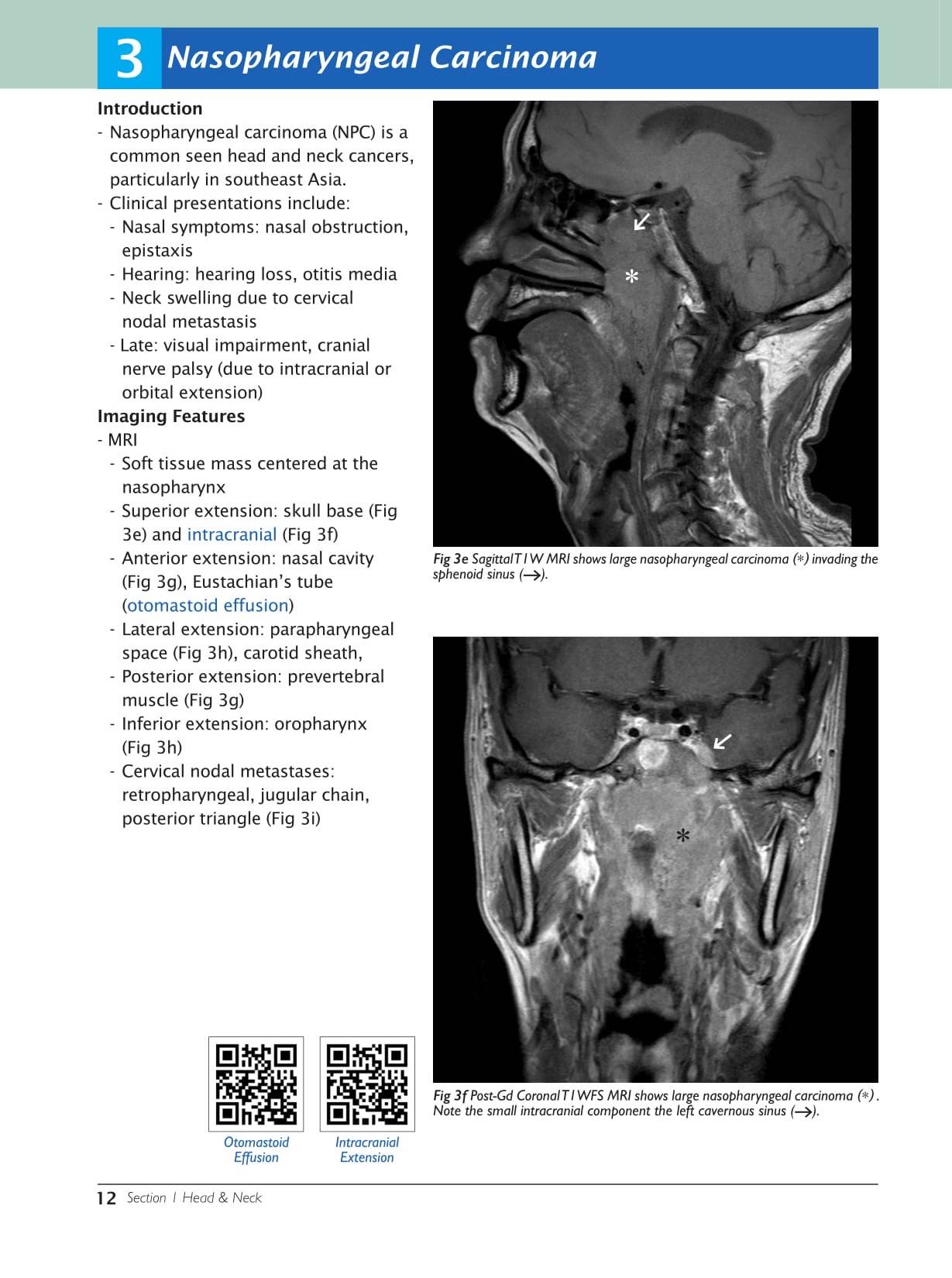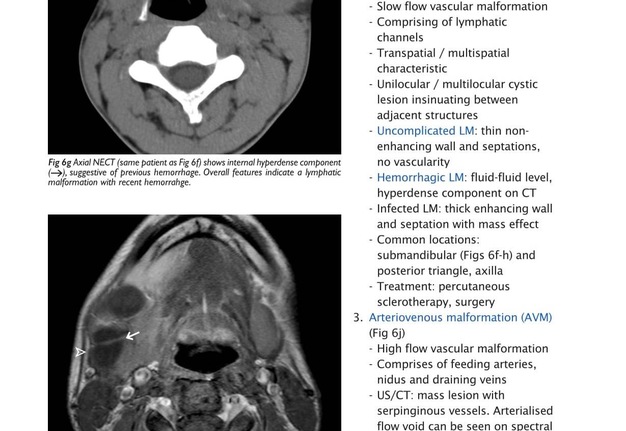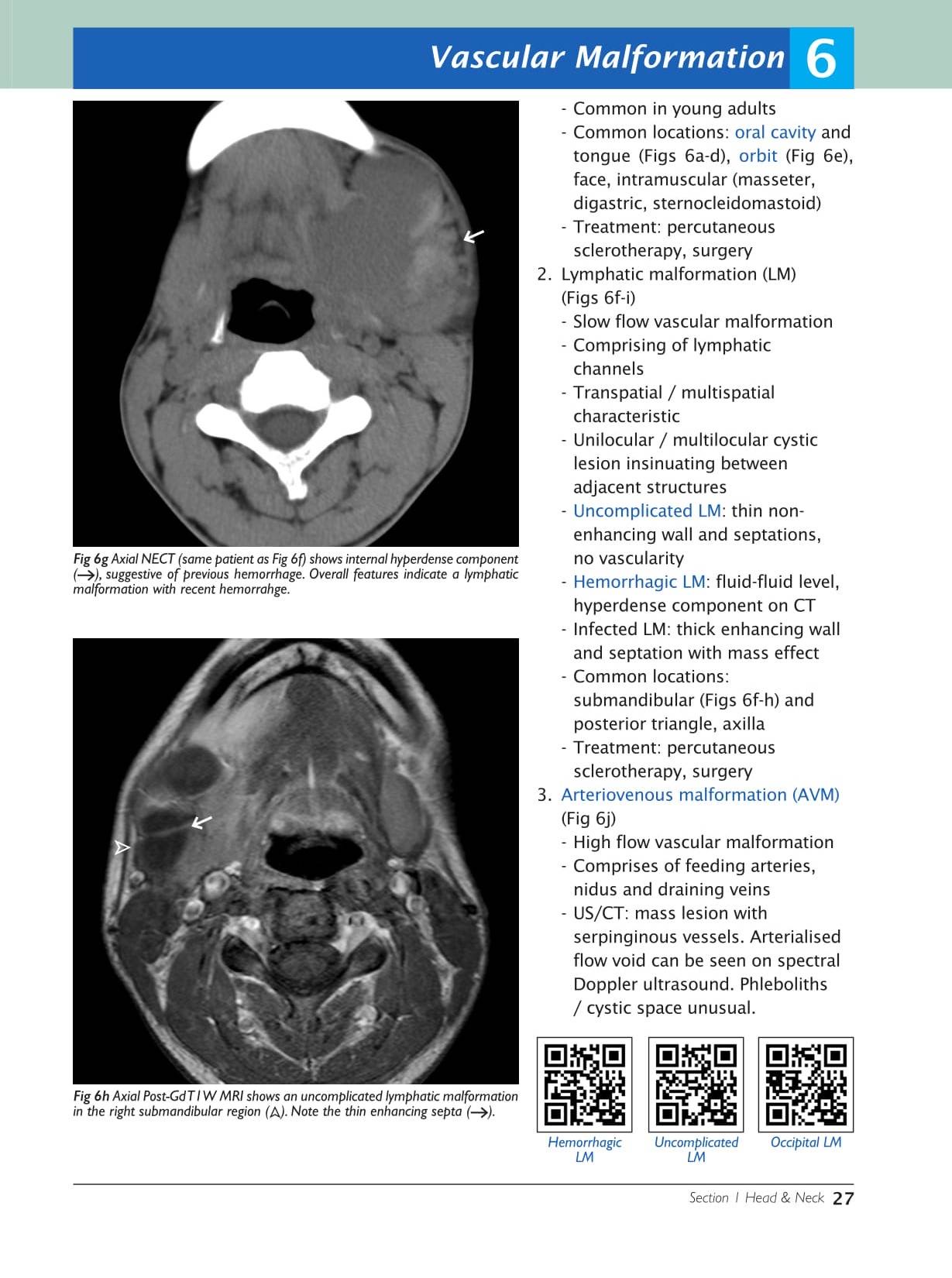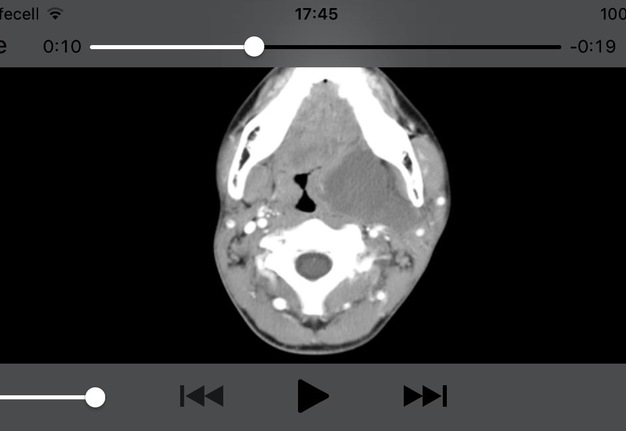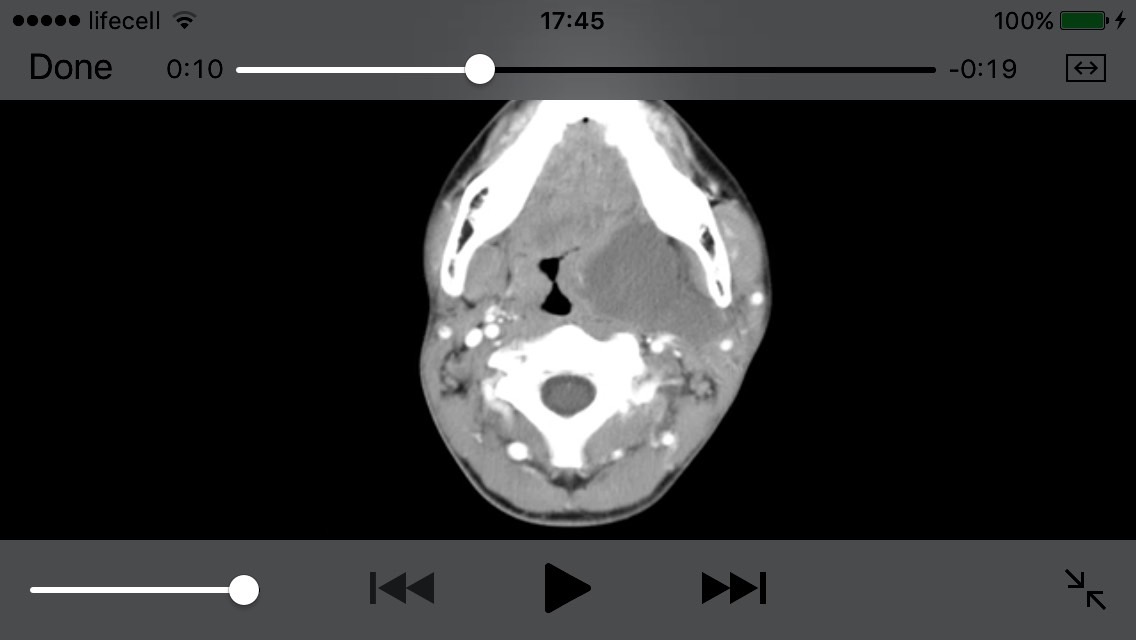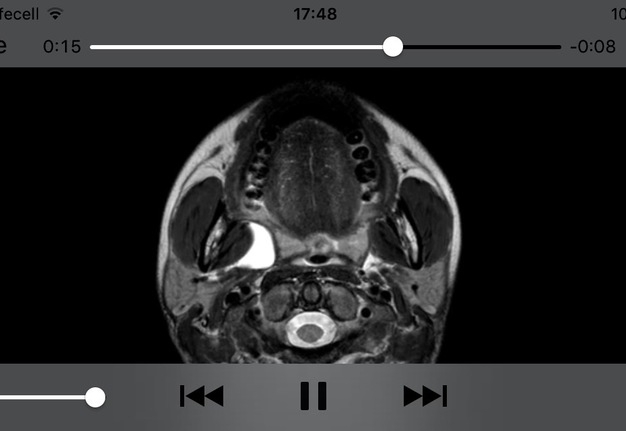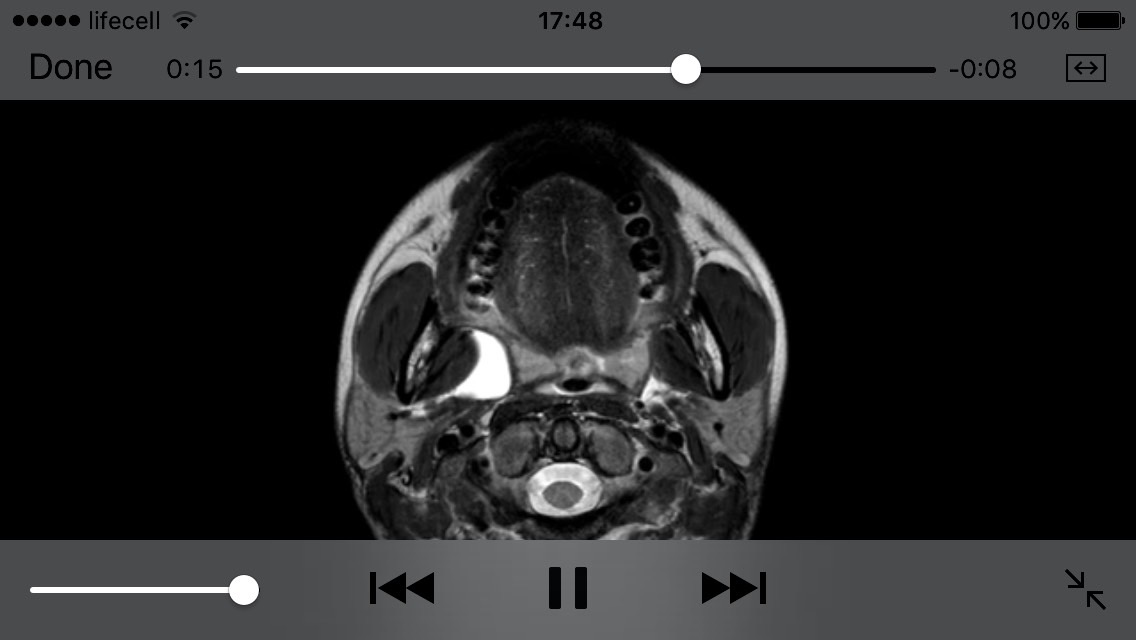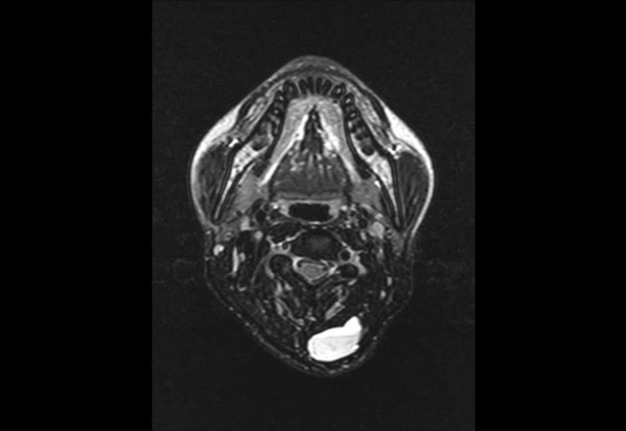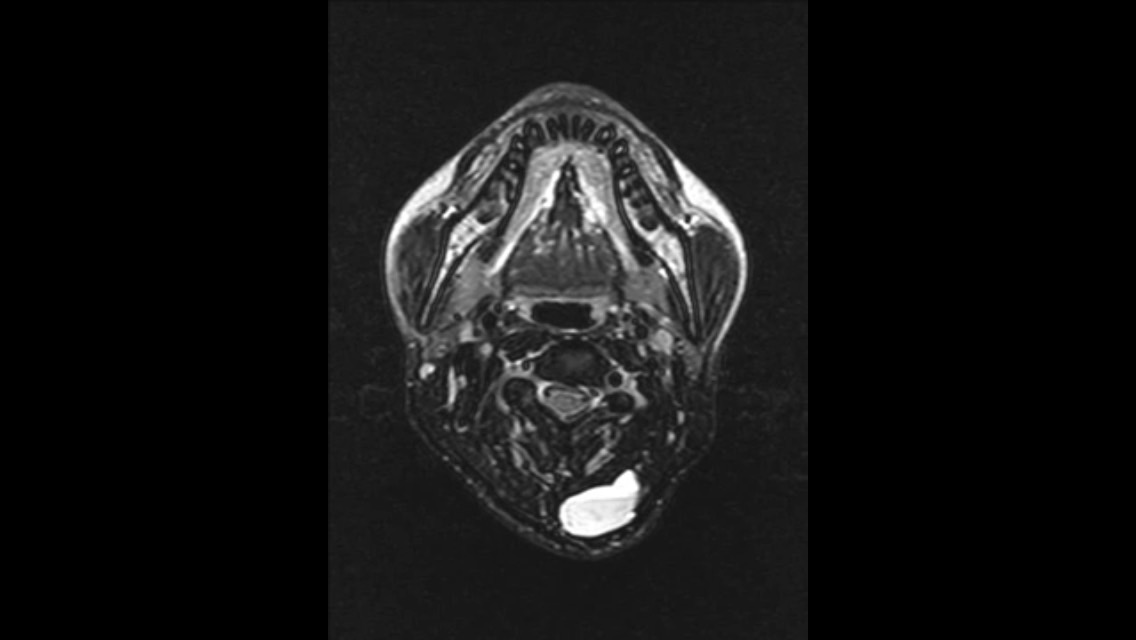December 28, 2017
https://doi.org/10.23999/j.dtomp.2017.3-4.1
J Diagn Treat Oral Maxillofac Pathol 2017;1:123−9.
Under a Creative Commons license
How to cite this article
Tymofieiev OO. Clash of videos in the cutting-edge medical publications. J Diagn Treat Oral Maxillofac Pathol 2017;1(3−4):123−9.
INSTITUTIONAL REPOSITORY
https://ir.kmu.edu.ua/handle/123456789/780
Contents: Introduction | Terminology | Storage Of Video/Cine Loops | Conclusions | Acknowledgments | Publication Permissions | References (12)
The customers were no longer looking purely for information, but also 'actionable' information to tell them what to do.
-N. McKinstry, CEO Wolters Kluwer [1]
INTRODUCTION
Recently the video becomes deeply integrated into scientific articles of printed and electronic forms of peer-reviewed journals and textbooks. The journals at the fields of oral and maxillofacial surgery, head and neck surgery are among leading ones [2, 3]. The goal of this Editorial is to illustrate how the process of video integration is possible on the example of peer-reviewed cutting-edge scientific publications.
First we want to highlight the most prominent, #1 Journal in the field of Plastic Surgery ─ Plastic and Reconstructive Surgery® (PRS). PRS is a peer-reviewed medical journal and the official publication of the American Society of Plastic Surgeons (www.plasticsurgery.org). Its impact Factor is incredibly high ─ 3.784. Being the Journal dedicated to practical part of medicine its readers are the first among other medical specialties who needed the precise understanding how surgical techniques should be performed. Every article with video content marked in PRS with special symbol and word `VIDEO+` (Fig 1). And has an obligatory guide in a box (Fig 2) how to use a link for a video: "Video Plus content is available for this article. Direct uniform resource locator (URL) citations appear in the printed text; simply type the URL address into any Web browser to access this content. Clickable links to the material are provided in the HTML text of this article on the Journal’s website (www.PRSJournal.com)" [1]. Each page can contain from one to three/four videos (Fig 3 and 4) [2, 3].
FIGURE 1. Cropped screenshot from the title of article Pezeshk RA, Sieber DA, Rohrich RJ. The six-step lower blepharoplasty: using fractionated fat to enhance blending of the lid-cheek junction. Plast Reconstr Surg 2017;139(6):1381−3 [1] Link. Existence of video in that article marked by `VIDEO+` (arrow) and red symbol (curved arrow)
FIGURE 4. Cropped screenshot from the page with several video at page of article Taylor JA, Bartlett SP. What’s new in syndromic сraniosynostosis surgery? Plast Reconstr Surg 2017;140:82e [2] Link
Other peer-reviewed Journals like Journal of Oral and Maxillofacial Surgery [4]. (www.joms.org) gives another type of video integration into articles. The Journal is published monthly on behalf of the American Association of Oral and Maxillofacial Surgeons (www.aaoms.org). The Journals` Impact Factor is 1.916. For example, at the article of Qaisi et al, 2016 [4] we can see a different type of video integration. They place only word `video` and its number near some notion about Figure and print the word `video` in other color. For example: "(Fig 5C, video 1) [4]. And the readers can go to a video being at the website of the Journal, but it is impossible to go and watch that movie reading PDF file.
Secondly we move to the videos which are integrated into the textbooks. Initially the publishing houses and authors added a CD/DVD to their books (Moy and Fincher, 2006) [5]. So the video content is revolutionized precisely into book pages. As we can see in the Orthognathic Surgery: principles and practice (Posnick, 2014) [6], in which the notes about video of some surgical technique are placed into the book chapters. For example in Chapter Sequence of Orthognathic Procedures: Step-by-Step Approach the notion about video content is indicated in text in the next manner ─ (Video 6 and 7) with an obligatory label of video [6]. Totally the 2 Volume Set textbook of Dr. Posnick consist of more than 40 videos. And the storage of the videos is at the textbook website of the publishing house (www.elsevierorthognathicsurgery.com). Every reader who`s bought the book has an access to that collection of video via unique code noted in each book.
An absolutely new smart way how to integrate video into publications offers a team of radiologist from Hong Kong (SAR) China (Ahuja et al; 2017) [7]. Their new textbook Essential Radiology for Students, Interns and Residents contains 1100 unique QR-codes (Figs 5-7), quick scan of which via smartphone gives the readers a possibility in several clicks of smartphone (opening a QR-code reader and scanning) watching cine loops (video).
TERMINOLOGY
Cine film literally means "moving" film; deriving from the Greek "kine" for motion; it also has roots in the Anglo-French word `cinematograph`, meaning moving picture [8].
Loop (noun) a series, or process, the end of which is connected to the beginning [9].
A cine loop (synonyms: cine-loop, cineloop) is a period of images (CT, MRI scans, ultrasound images), stored digitally as a sequence of individual frames in one movie [9]. According to Ahuja et al, 2017 [7] each cine loop contains consecutive images covering the area scanned during the examination. In many cases, the cine loops are of scans in different planes (sagittal, coronal or oblique), in different phases of contrast enhancement (pre-contrast, post-contrast arterial/ venous/ equilibrium/ delayed), and for MRI in different sequences (T1W/ T2/ PD/ DWI etc.)
QR code (abbreviated from Quick Response Code) is the trademark for a type of matrix barcode (or two-dimensional barcode) first designed for the automotive industry in Japan by Denso Wave in 1994 [10]. Denso Wave is a subsidiary that produces automatic identification products (bar-code readers and related products), industrial robots and programmable logic controllers [11].
The QR codes can be scanned (read) via QR Code Reader & Barcode Scanner (for iOS users), QR Code Reader (for Android users) etc. Nowadays the QR codes can be easily generated by anyone. And it will take only a several seconds. For that purpose the person can use free online generator (for example www.goqr.me, etc.) or QR code generator software. And nowadays the QR codes can be generated for Web links (URLs), texts, vcards, geolocation, etc.
FIGURE 6. Cropped screenshot from the book Essential Radiology for Students, Interns and Residents (Ahuja et al, 2017) [7] shows the readers an example of scientific publication with integrated cine loops via QR-codes on the cases of lymphatic malformations (hemorrhagic, uncomplicated, and occipital).
FIGURE 7A. Cropped smartphone consecutive screenshots from the YouTube channel (A-C) of the textbook Essential Radiology for Students, Interns and Residents (Ahuja et al, 2017) shows the readers a place of video storage with which the QR-codes are connected [7]. Thus allowing for the book or journal readers to get a quick access (in three touches at the smartphone: open a QR-code reader, scan the necessary QR-code and open a video at the browser the user like). Cine loops from Figure 6 shows: hemorrhagic lymphatic malformation (A), uncomplicated lymphatic malformation (B), and occipital lymphatic malformation (C).
FIGURE 7B. Cropped smartphone consecutive screenshots from the YouTube channel (A-C) of the textbook Essential Radiology for Students, Interns and Residents (Ahuja et al, 2017) shows the readers a place of video storage with which the QR-codes are connected [7]. Thus allowing for the book or journal readers to get a quick access (in three touches at the smartphone: open a QR-code reader, scan the necessary QR-code and open a video at the browser the user like). Cine loops from Figure 6 shows: hemorrhagic lymphatic malformation (A), uncomplicated lymphatic malformation (B), and occipital lymphatic malformation (C).
FIGURE 7C. Cropped smartphone consecutive screenshots from the YouTube channel (A-C) of the textbook Essential Radiology for Students, Interns and Residents (Ahuja et al, 2017) shows the readers a place of video storage with which the QR-codes are connected [7]. Thus allowing for the book or journal readers to get a quick access (in three touches at the smartphone: open a QR-code reader, scan the necessary QR-code and open a video at the browser the user like). Cine loops from Figure 6 shows: hemorrhagic lymphatic malformation (A), uncomplicated lymphatic malformation (B), and occipital lymphatic malformation (C).
STORAGE OF VIDEOS/CINE LOOPS
The journal or textbook publishers can choose different place for storage their videos/cine loops. The choice can differ from the website of the publishing house, journal to YouTube channel or even page of any user of some social network (Instagram, Facebook, etc.) [12].
CONCLUSIONS
Analysis of the whole spectrum of peer-reviewed scientific publications shows first that an urgent need among both readers and practitioners (surgeons, radiologists) for integration of videos/cine loops into papers and books exists. Second, the videos/cine loops should be integrated into print and electronic versions of journals via combination of usage web-links (for the online users or PDF readers) and QR codes. This approach from one hand allows the readers of print versions to watch cine loops/videos via quick scan of QR code. And on other hand the users of online/electronic version of the publication will not lose time with smartphones for scanning QR codes. All that will be needed is just click at the web link. But for the companies that don’t want to share electronic copies of the book is more reasonable to use only QR codes.
Nancy McKinstry, CEO Wolters Kluwer, in Management Scope Interview notes that "the customers were no longer looking purely for information, but also 'actionable' information to tell them what to do" [1]. And those words are the holy truth. The role of this 'actionable' information in publications is constantly increasing. And maybe the scientific publication which gives us the best combination of text-picture-video material can win the battle for readers and authors attention.
Acknowledgments
The author would like to thank Rod J. Rohrich (PRS, PRS Global Open, Editor-in-Chief, USA), Aaron G. Weinstein (PRS, PRS Global Open, Senior Managing Editor, USA), Theresa Kircher (Wolters Kluwer Permissions Team, USA), Andrew Richardson (Wolters Kluwer VP of Business Development – Health Learning Research & Practice Division), Mohammed Qaisi (Assis Prof, Department of Oral & Maxillofacial Surgery, USA) for guidance and help in getting permissions. Also wish to thank Anil T. Ahuja (Prof, Hong Kong, SAR), Eric Law (Hong Kong, SAR) for inspiration and Ievgen I. Fesenko (Managing Editor, Ukraine) for assistance in editing this Editorial.
Publication Permissions
Written permissions of Wolters Kluwer and OMF Publishing, LLC were obtained to publish the cropped images.
References (13)
-
QR code [document on the internet]; 2017 September 10 [cited 2017 Dec 01]. Available from: Link
-
Van Weegen J, Groothengel P. Nancy McKinstry digitizes Wolters Kluwer [document on the internet]; 2017 September 10 [cited 2017 Dec 01]. Available from: Link
-
Pezeshk RA, Sieber DA, Rohrich RJ. The six-step lower blepharoplasty: using fractionated fat to enhance blending of the lid-cheek junction. Plast Reconstr Surg 2017;139(6):1381−3. Crossref
-
Taylor JA, Bartlett SP. What’s new in syndromic сraniosynostosis surgery? Plast Reconstr Surg 2017;140:82e. Crossref
-
Qaisi M, Kolodney H, Swedenburg G, Chandran R, Caloss R. Fibula jaw in a day: state of the art in maxillofacial reconstruction. J Oral Maxillofac Surg 2016;74(6):1284.e1−1284.e15. Crossref
-
Moy RL, Fincher EF. Procedures in cosmetic dermatology series: blepharoplasty: textbook with DVD. 1st ed. Saunders; 2006.
-
Posnick JC. Orthognathic Surgery: principles and practice. 1st ed. St. Louis, Missouri: Elsevier Saunders; 2014.
-
Wong SS, Dai EY, Tang EW, Ahuja AT. Essential radiology for medical students, interns and residents. In: Ahuja AT, Antonio GE, Nung RC, Sitt JC, Yu JW, Wong SS, Dai EY, Law EK, Tang EW, Yuen BT, editors. OMF Publishing, 2017: 1−50.
-
Cine film [document on the internet]; 2016 April 14 [cited 2017 Dec 01]. Available from: Link
-
Dormagen JB, Gaarder M, Drolsum A. Standardized cine-loop documentation in abdominal ultrasound facilitates offline image interpretation. Acta Radiol 2015;56(1):3−9. Crossref
-
QR code [document on the internet]; 2017 September 10 [cited 2017 Dec 01]. Available from: Link
-
Denso [document on the internet]; 2017 August 08 [cited 2017 Dec 01]. Available from: Link
-
Tymofieiev OO. Swimming in the oceans of media technologies. J Diagn Treat Oral Maxillofac Pathol 2017;1:57−8.
